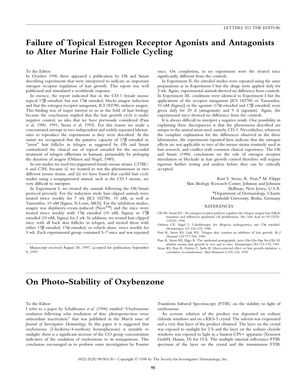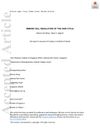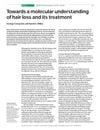Failure of Topical Estrogen Receptor Agonists and Antagonists to Alter Murine Hair Follicle Cycling
January 1998
in “
Journal of Investigative Dermatology
”

TLDR Topical estrogen treatments did not change hair growth in certain mouse strains, questioning previous findings on their role in hair growth control.
In 1996, a study by Oh and Smart suggested that estrogen receptors play a significant role in hair follicle cycling, with 17ß estradiol blocking anagen induction and the antagonist ICI 182780 inducing anagen in CD-1 female mice. This was contrary to the use of topical estradiol in treating telogen effluvium in humans. To verify these findings, researchers conducted three experiments using C57BL/6 and C3H female mouse strains, applying the same substances as Oh and Smart's study, but found no significant differences between treated mice and controls. The experiments were conducted with 5-7 mice per group and were repeated once. The treatments included twice-weekly applications for 7 weeks, daily applications for 2 weeks, and daily applications for 20 days (antagonists) or 9 days (agonists). The lack of observed effects in these experiments suggests that the role of estrogen receptor stimulation or blockade in hair growth control as proposed by Oh and Smart may not be applicable to these mouse strains and conflicts with clinical experience, indicating that further rigorous testing is necessary before accepting their conclusions.

